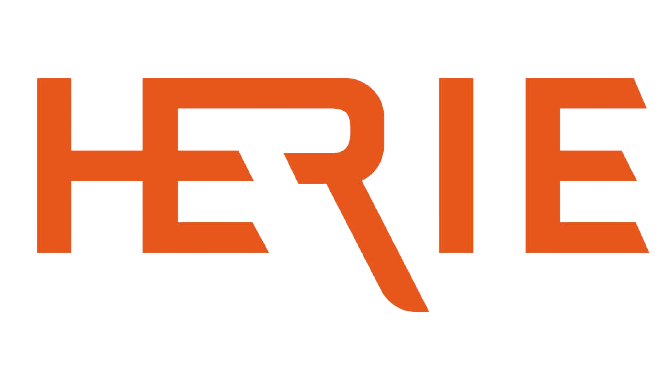
QUANTITATIVE ASSESSMENT OF RISKS TO HERITAGE ASSETS
HERIe is a digital platform assisting the user in the assessment of risks and deterioration processes that affect heritage assets. The platform uses ten agents of deterioration as the framework of organising risks, following the manual of ABC method: a risk management approach to the preservation of cultural heritage published by CCI and ICCROM in 2016 (https://www.iccrom.org/sites/default/files/2017-12/risk_manual_2016-eng.pdf). These primary agents of deterioration are: incorrect relative humidity, incorrect temperature, fire, criminals and vandals, pests, contaminants, radiation, water, physical forces, dissociation and curatorial neglect. A single agent may be a simplified description of a complex reality. Therefore, the primary agents are split into specific deterioration processes which may be quantitatively described. For example, the incorrect humidity can lead to moisture related physical damage, mould growth, corrosion, or chemical degradation of unstable materials, depending on the heritage asset considered. Each process is listed in the module. In turn, a deterioration processes can be induced by several agents in conjunction with one another, the joint effect of temperature and relative humidity on the chemical degradation of unstable materials being an obvious example. The user, therefore, will find the same specific tool in several modules.
MODULES
Risks from environmental conditions are assessed by analysing data prevailing in a space in which an object is displayed or stored. The user can upload and store data sets measured or simulated for various scenarios of environmental control. The effect of moving an object from one environment to another, frequent when loans are made, can be also assessed by merging two selected data sets. The user can first explore graphically data uploaded or produced by merging and then use them to perform calculations necessary for the risk assessment.
ENVIRONMENTAL DATA
The HERIe platform is an open tool gradually developed by a collaborative effort of interested research groups and institutions. You will note that a limited number of specific tools has been so far made available. With progress in research, more tools will be provided and the observations and data gathered will supply input to refining algorithms modelling risk, facilitating feeding back research into conservation practice.
The HERIe is freely available for conservation professionals and decision-makers.
PARTNERS
The HERIe platform is developed and maintained by the Jerzy Haber Institute of Catalysis and Surface Chemistry, Polish Academy of Sciences. The work is funded in part by the statutory research fund of the Institute.
The software tool 'Mechanical damage' within the 'Incorrect humidity' module was conceived and initially developed in the framework of the research project HERIVERDE “Energy efficiency of museum and library institutions” (2013-2017) supported by a grant PBS2/A9/24/2013 from the Polish National Centre for Research and Development within the Applied Research Programme.
The Getty Conservation Institute provided funds for further development of the tool 'Mechanical Damage' as part of its Managing Collection Environments Initiative (2017-2020). The support has been continued since 2023 within the same Initiative.
The HERIe platform was further developed in the framework of the EU IPERION HS project „Integrating Platforms for the European Research Infrastructure ON Heritage Science” (2020-2023), which was supported within the Horizon 2020 programme „Integrating and opening existing national and regional research infrastructures of European interest” (grant agreement 871034), and in the framework of „Polish Returns” programme financed by the Polish National Agency for Academic Exchange [grant PPN/PPO/2018/1/00004/U/00001].
The Canadian Conservation Institute (CCI) worked in collaboration with the Institute to develop new tools to evaluate the risk of light-induced damage to colorants in heritage collections. This was achieved through development of open datasets and implementation of research data in software tools for practical use in risk assessments.